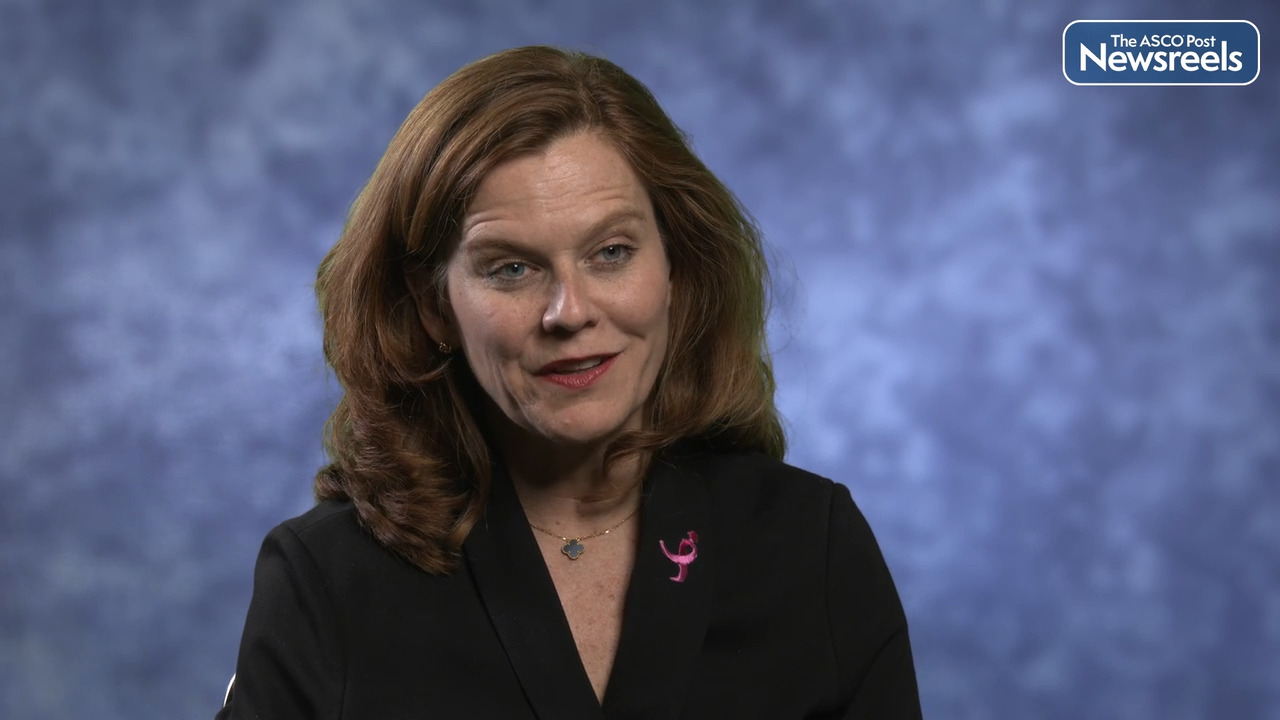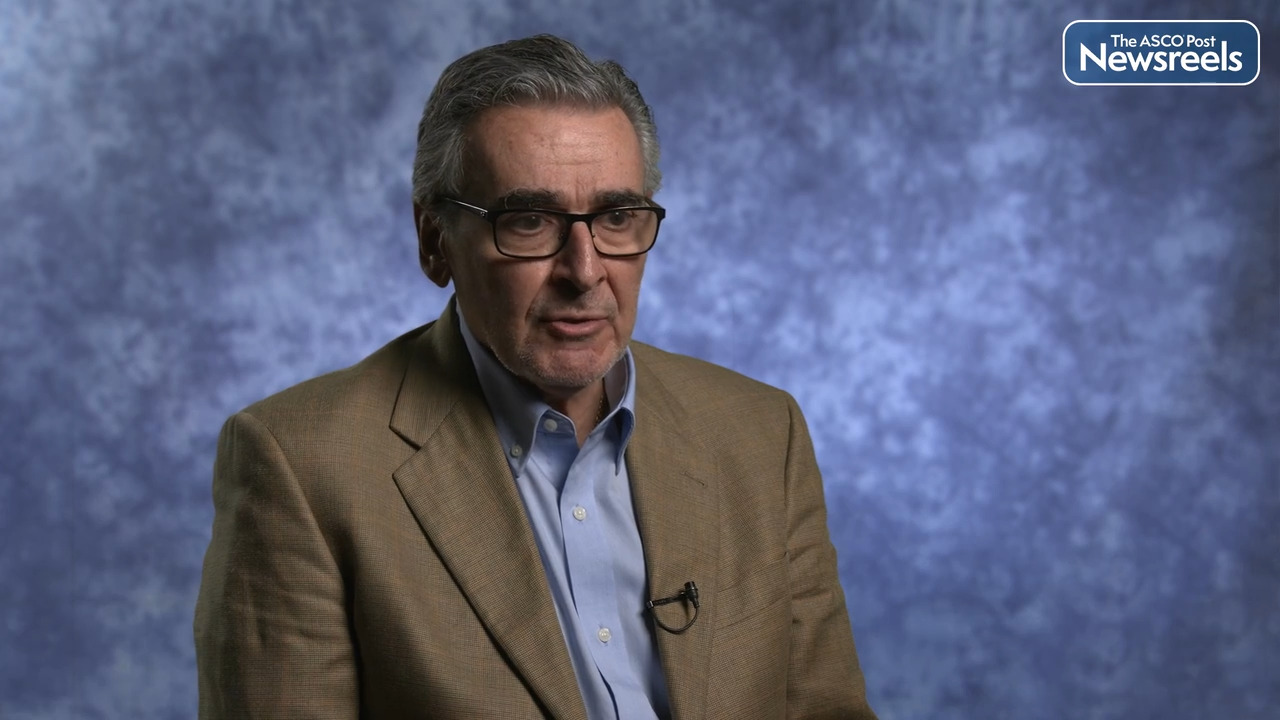Transcript
Disclaimer: This video transcript has not been proofread or edited and may contain errors.
Lisa Carey, MD:
One of the pleasures of working at the University of North Carolina has been the Carolina Breast Cancer Study, which has given us enormous information over a number of decades about breast cancer risk and behavior, particularly in young women and people of color, specifically Black women. More recently, the biology has been even further defined with some efforts to look at genomic assays by race and by age. Joannie, you've been part of an analysis that came out in San Antonio this year. Do you want to talk a little bit about that?
Joannie Ivory, MD:
Absolutely. We did a update of the Carolina Breast Cancer Study analysis. What that showed was that women who were Black had a higher frequency of non-luminal A tumors, as well as younger women. They had a higher frequency of non-luminal A tumors, as well. The importance of this is that this can have treatment implications, because as we know, the tumors that are non-luminal A, they tend to be more endocrine-resistant. Taken into consideration, this was all done in early-stage breast cancer. What I think we need to do is expand and actually look at these relationships in metastatic breast cancer.
Lisa Carey, MD:
Joannie, let me push you a little bit on that. Early breast cancer, the non-luminal As include luminal B, HER2-enriched basal-like.
Joannie Ivory, MD:
Mm-hmm.
Lisa Carey, MD:
Can you talk a little bit more about what does it mean to be luminal B or HER2-enriched or basal-like?
Joannie Ivory, MD:
Yeah. The most common breast cancer is ER-positive, HER2-negative breast cancer. Usually, that correlates with luminal A tumors. When you get more so to the basal-like tumors, they pretty much behave like triple-negative breast cancer, and so that's why they're a little bit more resistant to endocrine therapy. I think this is an emergent field where we are actually starting to use this to assess whether or not this can guide treatment in the future.
Lisa Carey, MD:
Yeah, I mean some studies are testing whether or not, in fact, in basal-like tumors, you should be using chemotherapy, regardless of what the receptor phenotype is. I should be very clear that the analysis that was done of the Carolina Breast Cancer Study was only in the hormone receptor-positive, HER2-negative group, where this starts to become particularly important to know. Talk a little bit about the Lineberger study called HARMONY, and what that's doing and your part of that.
Joannie Ivory, MD:
The HARMONY trial at Lineberger, it's pretty much an interventional study at this single institution. What we're doing is we're determining the intrinsic subtypes of the tumor in the metastatic setting. What we're going to do is we're going to get the intrinsic subtype of the primary tumor and also of the metastatic tumor and see if there's a concordance between the two. Then what we're also going to do is that once the patient goes and see their provider, they're going to treat the patient as they normally would, but then we're going to give the treating providers the intrinsic subtype information, and then do a survey and see how this changes their decision in a second-line setting.
Lisa Carey, MD:
Right. I think the implication here is if you see more non-luminal As the Carolina Breast Cancer Study showed in the early setting, if you're seeing this also in the metastatics, saying we may see even more discordance in the metastatic setting in Black women, and parenthetically, also young women.
Joannie Ivory, MD:
Absolutely. This is also something that I will be studying myself for my ASCO YIA research proposal where we're actually going to look at the race and age relationship of the intrinsic subtypes in the HARMONY trial to see if the same relationship that was seen in early breast cancer is upheld in a metastatic setting.
Lisa Carey, MD:
Fantastic, fantastic. I think it's going to be super important, and I think in so many of the trials, things that were shown at San Antonio, there's so few Black women represented in the trials, and so we really have to use our population-based studies to illuminate this a little bit more. Joannie, thank you so much for everything you're doing. I look forward to these really interesting analyses.
Joannie Ivory, MD:
Thank you.





